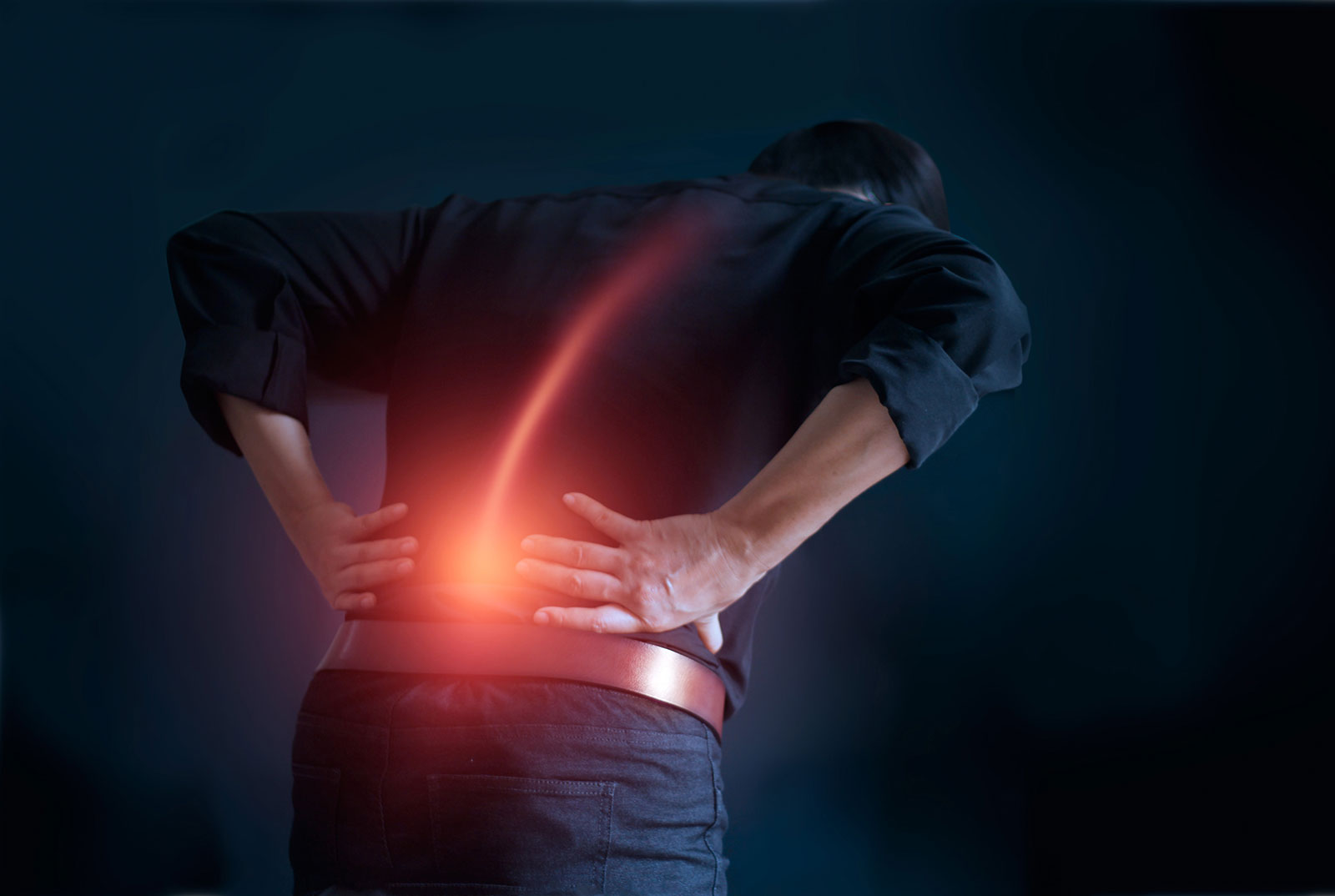How To Choose the Right Treatment for Chronic Back Pain
Back pain is extremely common, and it's a major reason people seek orthopedic medical care. In fact, the cost to manage back pain is estimated to be $200 billion per year. Chronic back pain can be debilitating, and it's a major reason for workers' compensation claims and missing work. According to a National Health Interview Survey, 39% of adults had back pain in the past three months. When it comes to finding the right treatment for chronic back pain, patients often face a difficult decision – should they opt for surgery or explore non-surgical approaches? In this article, we'll look at both sides of this question.

What is chronic back pain?
Before we dive into the treatment options, it's very important to understand the nature of chronic back pain. Chronic back pain is typically defined as pain persisting for more than three months. It can stem from various sources, including herniated discs, spinal stenosis, degenerative disc disease, or even structural issues in the spine. Chronic pain can also result from an injury that never really heals correctly or fully.
What are some non-surgical treatments?
Physical Therapy:
Physical therapy is often the first line of defense against chronic back pain. It focuses on improving flexibility, core strength, and mobility while also teaching proper posture and body mechanics. Physical therapists customize exercises and stretches to address the specific needs of each patient, aiming to alleviate pain and improve long-term function.
Medication Management:
Medications, both over-the-counter and prescription, can play a significant role in managing chronic back pain. Non-steroidal anti-inflammatory drugs (NSAIDs), muscle relaxants, and pain relievers can offer relief. However, it's essential to work closely with a healthcare professional to monitor medication use and potential side effects.
Epidural Steroid Injections:
Epidural steroid injections can provide temporary relief by reducing inflammation around nerves in the spine. These injections may be recommended when conservative treatments are ineffective, and they can offer a bridge to more lasting solutions.
Alternative Therapies:
Options such as acupuncture, trigger point dry needling, massage therapy, and yoga can also help manage chronic back pain. These alternative therapies focus on relaxation, reducing muscle tension, and promoting overall well-being.
Lifestyle Modifications:
Lifestyle changes play a crucial role in managing chronic back pain. These modifications may include:
-
Posture and Body Mechanics: Learning proper body mechanics and maintaining good posture can reduce strain on the back.
-
Weight Management: Maintaining a healthy weight can reduce the load on the spine.
-
Ergonomics: Ensuring that your work environment, including your desk and chair, is ergonomically designed to reduce strain.
When is an MRI needed to help diagnose back pain?
Typically, if a patient continues to feel back pain for longer than six weeks, the doctor will recommend an MRI to identify potentially serious conditions such as disc herniation or spinal stenosis. If a patient experiences certain red flags such as fever, severe neurologic deficits, sudden back pain with spinal tenderness, trauma, or a serious underlying medical condition such as cancer, then the doctor will likely order an MRI right away.
When is surgery necessary?
Surgery is generally considered when non-surgical treatments fail to provide adequate relief, or when the condition is severe and poses a significant threat to your overall health and quality of life. The orthopedic specialist will carefully evaluate your case to determine if surgery is the most appropriate option. Some common surgical procedures include:
-
Discectomy: This procedure involves the removal of a herniated disc that is compressing spinal nerves.
-
Spinal Fusion: Spinal fusion surgery is performed to stabilize the spine by joining two or more vertebrae. It is often recommended for conditions like spinal stenosis or severe degenerative disc disease.
-
Lumbar Disc Microsurgery: This minimally-invasive procedure relieves pressure on nerve roots caused by a herniated disc. It can eliminate the pain of sciatica.
How to choose the best treatment for chronic back pain.
Deciding between surgical and non-surgical treatments for chronic back pain is not a one-size-fits-all decision. The choice should be guided by a thorough evaluation of your condition and discussions with your healthcare provider. Here are some key factors to consider:
-
Severity of the Condition: The severity of your back pain and its impact on your daily life are critical factors. Less severe conditions may respond well to non-surgical approaches, while severe conditions may require surgical intervention.
-
Response to Non-Surgical Treatments: If non-surgical treatments have failed to provide significant relief, surgery may become a more attractive option.
-
Health and Lifestyle Considerations: Your overall health and lifestyle may affect your treatment choices. Age, physical condition, and personal preferences should be taken into account.
-
Risk Tolerance: Surgical procedures, like any medical intervention, come with inherent risks. Understanding and weighing these risks against the potential benefits is crucial in making an informed decision.
-
Shared Decision-Making: Engage in open and honest discussions with your orthopedic specialist. They can help you understand the pros and cons of each treatment option and work with you to create a personalized treatment plan.
Get treatment for chronic back pain.
Chronic back pain can be a debilitating condition, but there are a number of treatments that can help. The best treatment for you will depend on the underlying cause of your pain, your overall health, and your lifestyle. It is important to work with your doctor to develop a treatment plan that is right for you. Schedule an appointment with a specialist at The Centers for Advanced Orthopaedics to get help today!

